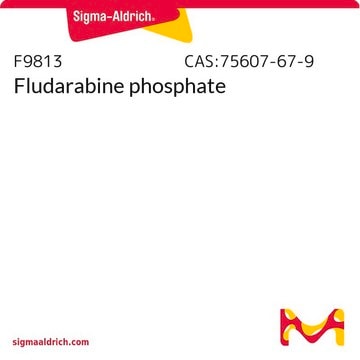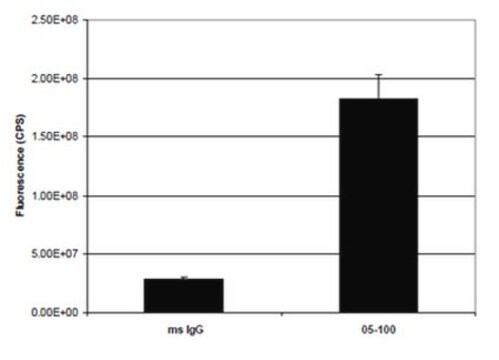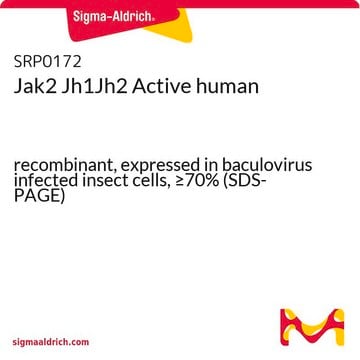H6287
Anti-Histone Deacetylase 1 (HDAC1) antibody, Mouse monoclonal
clone HDAC1-21, purified from hybridoma cell culture
別名:
Monoclonal Anti-Histone Deacetylase 1 (HDAC1) antibody produced in mouse
サイズを選択してください
¥124,000
サイズを選択してください
About This Item
¥124,000
おすすめの製品
由来生物
mouse
結合体
unconjugated
抗体製品の状態
purified immunoglobulin
抗体製品タイプ
primary antibodies
クローン
HDAC1-21, monoclonal
フォーム
buffered aqueous solution
分子量
antigen ~65 kDa
交差性
mouse, human
濃度
~2 mg/mL
テクニック
immunoprecipitation (IP): suitable
indirect ELISA: suitable
microarray: suitable
western blot: 2-4 μg/mL using total cell extracts of HeLa cells
アイソタイプ
IgG3
UniProtアクセッション番号
輸送温度
dry ice
保管温度
−20°C
ターゲットの翻訳後修飾
unmodified
遺伝子情報
human ... HDAC1(3065)
mouse ... Hdac1(433759)
詳細
アプリケーション
- enzyme-linked immunosorbent assay (ELISA)
- immunoprecipitation
- immunoblotting
生物化学的/生理学的作用
物理的形状
免責事項
適切な製品が見つかりませんか。
製品選択ツール.をお試しください
保管分類コード
10 - Combustible liquids
適用法令
試験研究用途を考慮した関連法令を主に挙げております。化学物質以外については、一部の情報のみ提供しています。 製品を安全かつ合法的に使用することは、使用者の義務です。最新情報により修正される場合があります。WEBの反映には時間を要することがあるため、適宜SDSをご参照ください。
Jan Code
H6287-200UL:
H6287-VAR:
H6287-BULK:
最新バージョンのいずれかを選択してください:
試験成績書(COA)
アクティブなフィルタ
ライフサイエンス、有機合成、材料科学、クロマトグラフィー、分析など、あらゆる分野の研究に経験のあるメンバーがおります。.
製品に関するお問い合わせはこちら(テクニカルサービス)








